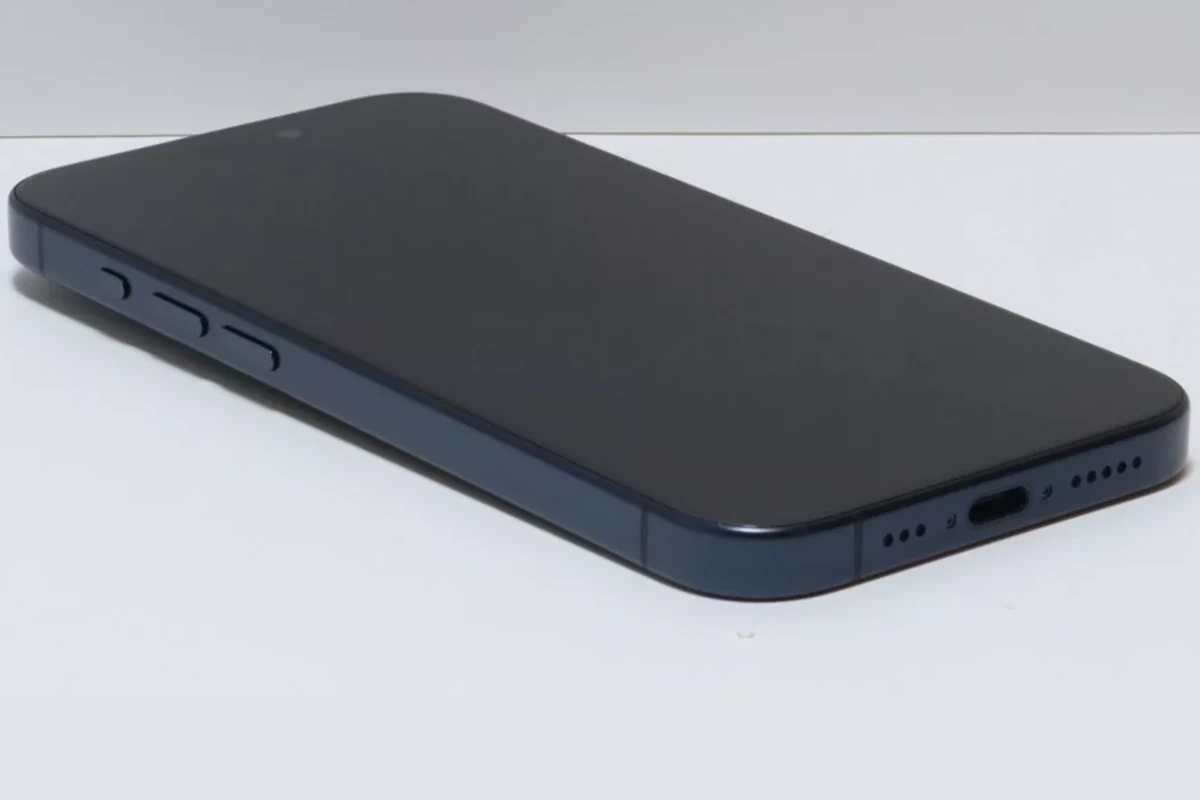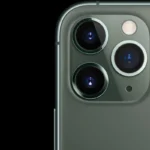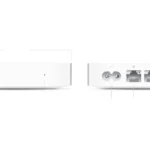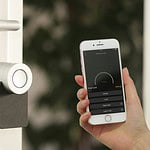Having a black screen on your smartphone during calls can be frustrating. This often happens when the sensor that turns off the screen during a call isn’t working properly. The sensor is supposed to turn the screen off when you hold the phone near your ear to avoid accidental touches. But sometimes, the screen stays black even when you move the phone away from your face because of software issues, outdated apps, or hardware problems.
Troubleshooting the Black Screen Issue
If your cell phone goes black while making a call or during a call, it can be very difficult and confusing to use. The most likely issue is with the proximity sensor (which would require professional repair). But if you’re facing this issue, there are a few troubleshooting steps you can do first to see if you can get your phone functioning again.
First, do a forced restart of the phone to see if that makes the issue go away. Next, check to make sure you’re running the latest OS version on your device in case there’s a known issue that has already been patched. During the call you can also try pressing the power button as this can sometimes bring the screen back to life. For more persistent problems, advanced repair options may be required, such as inspecting the phone’s hardware or contacting the manufacturer for support.

Possible Causes
Before we dive into solutions, let’s understand what could be causing the black screen issue:
- Proximity Sensor: Your phone’s proximity sensor is designed to turn off the screen when you hold it close to your ear, preventing accidental touches. A faulty or dirty proximity sensor can keep the screen off even after you move the phone away.
- Software Glitch: Sometimes, temporary software bugs can cause unexpected behavior, including the black screen issue during calls.
- Third-party Apps: Conflicting third-party apps, especially those with screen overlay permissions, might interfere with normal phone functions.
- Hardware Issues: In rare cases, the problem could lie with your phone’s display or internal hardware.
Solutions to Try
Let’s look at some fixes you can try:
| Problem | Possible Solutions |
|---|---|
| Proximity Sensor | Clean sensor with a soft cloth, check for obstructions, recalibrate if available |
| Software Glitch | Force restart your phone, check for updates, clear recent apps |
| Third-party Apps | Boot into safe mode, uninstall recent apps that might interfere |
| Hardware Issues | Contact manufacturer or repair shop for diagnosis |
1. Check and Clean the Proximity Sensor
- Find the proximity sensor (usually a small dot near the top of your phone’s screen).
- Clean it gently with a soft microfiber cloth.
- Ensure no screen protectors, dust, or debris are blocking it.
2. Restart Your Phone
- Press and hold the power button.
- Choose “Restart” or “Power Off” then “Power On.” A simple restart often fixes temporary glitches.
3. Check for System Updates:
- Go to your phone’s Settings.
- Look for “System Updates” or “Software Updates.”
- Download and install any available updates.
4. Manage Third-Party Apps
- Safe Mode: Restart your phone into safe mode to determine if a third-party app is causing the problem. If the issue disappears in safe mode, start uninstalling recently installed apps.
- Manage Permissions: Go to your phone’s Settings > Apps. Check which apps have permissions to draw over other apps or control the screen. Revoke these permissions as needed.
5. Seek Further Help
If the above steps don’t solve the issue, you may need to:
- Factory Reset: Back up your data, then go into your phone’s settings and perform a factory reset. Warning: This will erase all personal data from your phone.
- Professional Assistance: Reach out to your phone’s manufacturer or visit a trusted repair center for expert diagnosis and repair.
Key Takeaways
- A black screen during calls can be due to sensor malfunctions or software issues.
- Simple troubleshooting steps often resolve the problem effectively.
- Advanced repair options are available for unresolved issues.
Troubleshooting Steps
When your phone screen goes black during a call, it can be a source of frustration. These step-by-step methods will guide you through fixing this issue.
Basic Checks
First, check the basics. Ensure your hand or phone case isn’t blocking the proximity sensor. If you have a screen protector or use a rugged case, make sure they’re not too thick. Both iPhone and Android devices may experience a black screen if the sensor is obstructed.
Restart and Reset
Sometimes the simplest fix is to restart your phone. For iPhone, press and release the volume up button, then the volume down button, and finally, hold the side button until you see the Apple logo. On Android, press and hold the power button and select ‘Restart’. A more thorough option is to reset settings. On your iPhone, go to the ‘General’ settings and tap ‘Reset’.
Software Solutions
Update or reinstall the phone app if it’s causing the black screen. On Android, find the Phone app in settings and tap ‘Force Stop’. If needed, revert to the factory version by selecting ‘Uninstall Updates’. iPhone users may reduce motion in the ‘Accessibility’ menu to troubleshoot. If a system bug is suspected, backing up your data and performing a factory reset can also be an effective solution.
Advanced Repair Options
When a black screen occurs during a call, advanced repair options are your next step if basic troubleshooting fails. These options range from professional services to factory resets.
External Service Assistance
Professional repair services can diagnose and solve complex issues. If your phone is under warranty, contact the manufacturer’s support for advice. They might offer a free repair or replacement. For an out-of-warranty device, you might turn to trusted third-party repair shops like iFixit. They offer battery replacements, fix water damage, and address other hardware-related issues.
DIY Repair Information
For those confident in their skills, DIY repair is an option. Safe and proper use of tools is crucial. Guides on iFixit detail the steps for repairing older iPhone models and Samsung Galaxy phones. You can find how to replace batteries, screens, and other parts. Remember to back up your device beforehand using iCloud or iTunes. Always ensure power is off before starting any physical repairs.
Factory Reset
If software issues cause the black screen, consider a factory reset. This action erases all data and returns the phone to its original settings. For iPhone users, connect to iTunes and navigate to the restore option to reset your device. Android users can find the factory reset option in the system settings. Backup all important data to iCloud or similar services before the reset to prevent loss of information.
Frequently Asked Questions
This section addresses common concerns about black screens on smartphones during calls. Here, you’ll find steps for troubleshooting across various devices with a focus on practical solutions.
What are the steps to resolve the issue of a black screen during phone calls on a Samsung device?
First, check the proximity sensor at the top of the Samsung phone to ensure it’s not covered. If issues persist, try a soft reset by holding the power and volume down buttons until the device restarts.
How can I troubleshoot a black screen problem during calls on an iPhone?
Make sure nothing is blocking the iPhone’s proximity sensor. If the screen stays dark, go to settings, select “Display & Brightness,” and adjust the auto-lock setting.
What methods are available to fix an Android phone’s screen turning black while on a call?
Restart the Android device as your first step. If this doesn’t fix the black screen, try disabling any screen dimming apps or adjust the device’s sensor settings.
What can I do to prevent my phone’s screen from going dark when I’m on a call?
Check for any software updates and install them. If the screen darkens during a call, also check the phone’s case or screen protector for obstructions.
Is there a way to fix the screen blackout issue during calls on various smartphone models?
Reboot the phone as a quick fix. For a more specific approach, look up the model’s unique settings to adjust the screen’s sleep behavior or reset the device settings for a fresh start.







